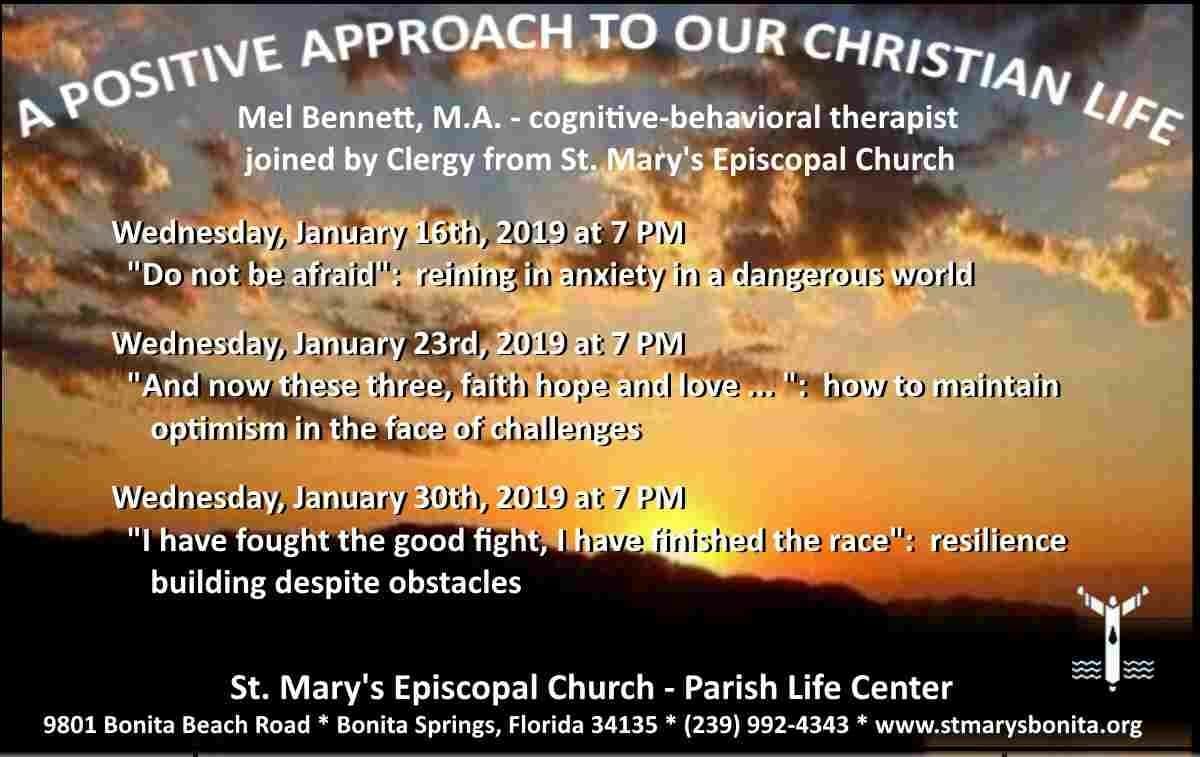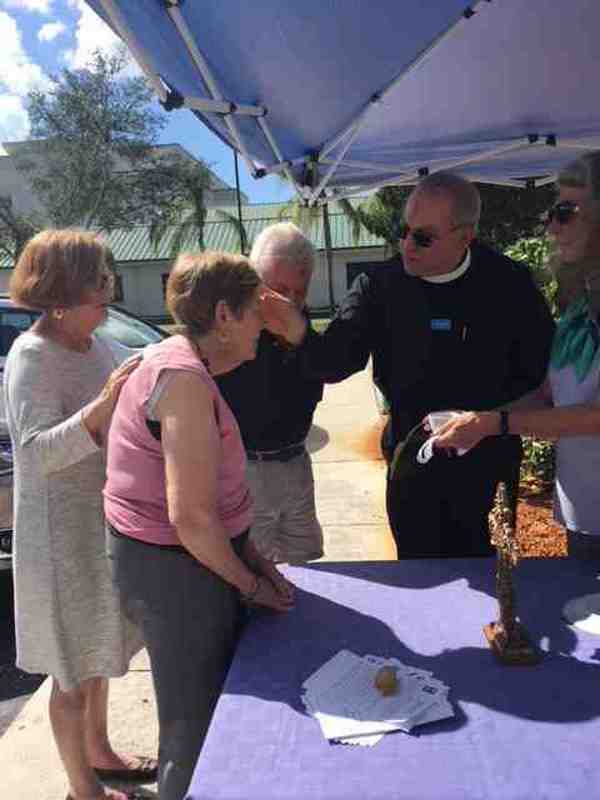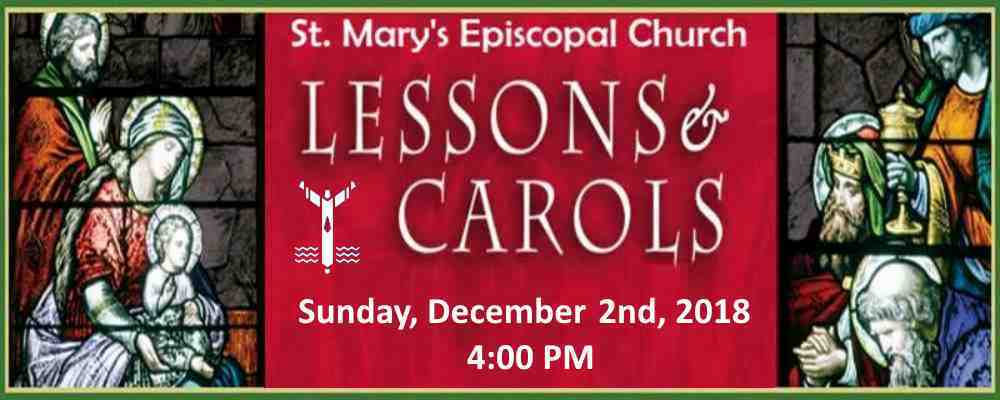From the Gospel according to St. John (12:32) we read: “And I, when I am lifted up from the earth, will draw all people to myself.” This prophetic passage spoken by Jesus refers, of course, to his forthcoming crucifixion and death on the Cross. September 14th is the annual date for Feast of the Holy Cross; also referred to as the “Exaltation of the Holy Cross”; and it is a hidden gem on our liturgical calendar because it encompasses so many aspects of our faith: theological, historical, liturgical, the veneration of relics, our personal use of the Cross. There is no more meaningful and sacred symbol of our faith than the Cross, the redemption and salvation it represents; how an instrument of agony and death has instead become, through the mystery of God’s eternal plan in Christ, one of life and victory.
Initially the Early Christians were hesitant to use the Cross as the symbol of their faith, preferring the sign of the fish instead, because a cross represented a particularly painful and public form of execution. But by the second and third centuries they had begun to use it both figuratively with crucifixes in their homes and through gestures such as “crossing themselves” not unlike what we do today. By the year 326, however, St. Helena, mother of the Emperor Constantine (the first emperor to accept and convert to Christianity) went to Jerusalem intentionally to discover the Cross of Christ. She accomplished this objective in part because her son had already authorized the construction of churches at the sites of Calvary and the Holy Sepulchre; and ironically during these excavations the Cross was unearthed. The Feast of the Holy Cross owes its inception to the fact that the Church of the Holy Sepulchre, when completed, was consecrated on September 14th in the year 335; and the Cross of Christ was indelibly associated with this event. The feast gradually became a fixture on the liturgical calendar, and by the 8th century it had spread over all the Roman Church in the West. Obviously the Cross became an essential destination for pilgrims of that time, and this veneration is recorded in the famous diary written toward the end of the fourth century by the by the Spanish nun Egeria: “And as all the people pass by one by one, all bowing themselves, they touch the Cross and the title, first with their foreheads and then with their eyes; then they kiss the Cross and pass through, but none lays his hands on it.”
Why is this of importance to us? Where to begin!? Perhaps quoting a portion of the Collect for Holy Cross Day can help:…”our Savior Jesus Christ was lifted upon the cross that he might draw the whole world to himself: Mercifully grant that we, who glory in the mystery of our redemption, may have grace to take up our cross and follow him…”. Or the words from the hymn Lift High the Cross can lend a perspective: “Lift high the cross, the love of Christ proclaim till all the world adore his sacred Name.” No matter where we turn, as Christians the Cross of Christ is before us, on us, and in us. We were marked with it at our baptism. It defines the core of our faith and our “call” to bear witness to that faith in a darkened and fallen world. The Feast of the Holy Cross is indeed a hidden gem of our liturgical calendar for it offers us the unique liturgical opportunity to celebrate the sacrificial love God has for us. Nothing could be of more importance.







Thank you, David, for continuing to post these ‘Liturgical Moments,” as I call them. Deep thought and study has gone into each of these.
I very much appreciate your time and effort to teach these important, sacramental, concepts in our liturgical church.